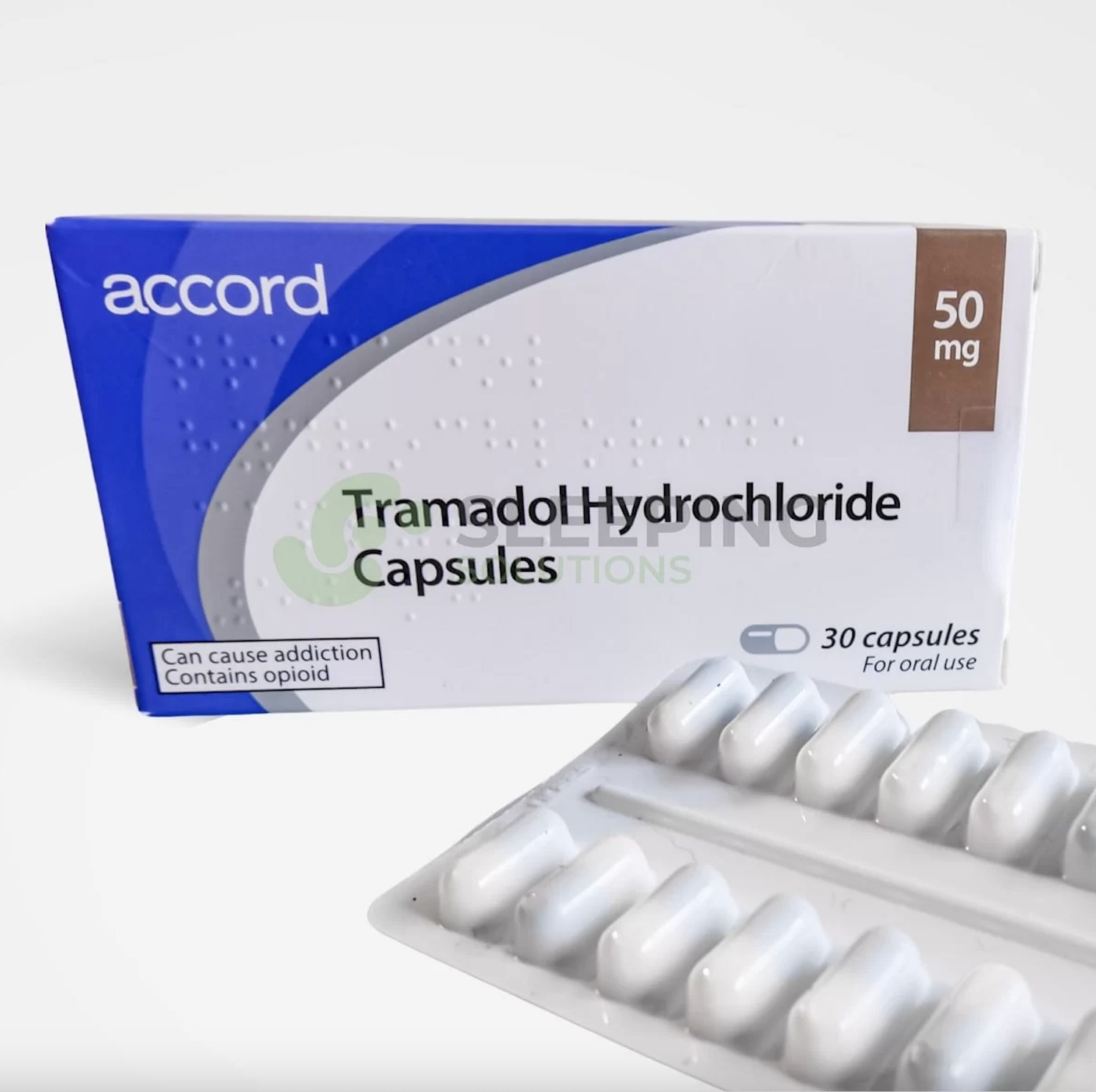Tramadol: Health Benefits and Risks
What are the health benefits of Tramadol?
Tramadol is a medication that is used to treat moderate to moderately severe pain. It belongs to a class of medications called opioid analgesics, which work by binding to opioid receptors in the brain and spinal cord, reducing the perception of pain. Tramadol has several potential health benefits, including:
- Pain relief: Tramadol is effective in relieving moderate to moderately severe pain, such as that caused by injury, surgery, or chronic conditions like arthritis. It can help improve quality of life for people with chronic pain conditions.
- Fast-acting: Tramadol is relatively fast-acting and can provide pain relief within an hour of taking it. This makes it a good option for managing acute pain episodes.
- Extended-release formulation: Tramadol is available in an extended-release formulation that provides long-lasting pain relief. This can help reduce the need for frequent dosing and provide continuous pain relief for chronic conditions.
- Lower risk of respiratory depression: Compared to other opioids, tramadol has a lower risk of causing respiratory depression, which is a potentially life-threatening side effect that can occur with high doses of opioids.
- Fewer gastrointestinal side effects: Tramadol is less likely to cause constipation and other gastrointestinal side effects compared to other opioids. This can be beneficial for people who are prone to these side effects.
- Lower risk of dependence: Tramadol has a lower risk of dependence and abuse compared to other opioids. However, it can still be habit-forming if used improperly or in high doses.
- Dual mechanism of action: Tramadol has a unique mechanism of action that involves not only opioid receptors but also the reuptake of serotonin and norepinephrine in the brain. This dual action can provide additional pain relief in some cases.
It’s important to note that while tramadol can be effective for many people, it may not be suitable for everyone. Tramadol can interact with other medications and may not be appropriate for people with certain medical conditions. It’s essential to consult with a healthcare provider before starting tramadol or any other medication to determine if it is the right choice for you.
What are the health risks of Tramadol?
Tramadol is generally considered safe and effective for most people when used as prescribed. However, like all medications, tramadol carries some health risks and potential side effects. It’s important to be aware of these risks and discuss them with your healthcare provider before starting treatment. Some of the health risks associated with tramadol include:
- Respiratory depression: Tramadol, like other opioids, can slow down breathing, especially at high doses or when combined with other medications that depress the central nervous system. This can be dangerous, especially in people with respiratory conditions or those taking other medications that affect breathing.
- Addiction and dependence: Tramadol can be habit-forming and may lead to physical and psychological dependence, especially when used for long periods or at high doses. It’s important to take tramadol exactly as prescribed and to not exceed the recommended dose.
- Serotonin syndrome: Tramadol can interact with other medications that increase serotonin levels in the brain, such as selective serotonin reuptake inhibitors (SSRIs) or serotonin-norepinephrine reuptake inhibitors (SNRIs), leading to serotonin syndrome. Symptoms of serotonin syndrome may include confusion, hallucinations, rapid heartbeat, and loss of coordination.
- Seizures: Tramadol can lower the seizure threshold, especially at high doses or in people with a history of seizures. The risk of seizures may also be increased when tramadol is taken with certain medications or substances that lower the seizure threshold.
- Gastrointestinal effects: Tramadol can cause constipation, nausea, and vomiting, which can be bothersome for some people. It’s important to avoid dehydration and to eat a healthy diet high in fiber to help prevent constipation.
- Allergic reactions: Some people may experience allergic reactions to tramadol, which can be serious. Symptoms of an allergic reaction may include rash, itching, swelling, dizziness, or difficulty breathing. Seek immediate medical attention if you experience any signs of an allergic reaction.
- Other side effects: Common side effects of tramadol may include dizziness, drowsiness, headache, and dry mouth. These side effects are usually mild and temporary but should be reported to your healthcare provider if they persist or worsen.
It’s important to discuss any concerns or questions about tramadol with your healthcare provider before starting treatment. Your healthcare provider can help determine if tramadol is the right choice for you and can monitor you for any potential side effects or health risks.
TL; DR: Tramadol Summary
Tramadol is a prescription medication that belongs to a class of drugs known as opioids. It is used to treat moderate to severe pain and is available in immediate-release and extended-release formulations. Tramadol works by binding to opioid receptors in the brain and central nervous system, inhibiting the transmission of pain signals and altering the perception of pain.
Tramadol is commonly prescribed for conditions such as chronic pain, post-operative pain, and pain associated with conditions like fibromyalgia or osteoarthritis. It is often used when other pain medications such as nonsteroidal anti-inflammatory drugs (NSAIDs) are not effective or tolerated.
Common side effects of Tramadol may include dizziness, drowsiness, headache, constipation, nausea, and vomiting. More severe side effects may include respiratory depression, serotonin syndrome, seizures, and addiction or dependence. It is important to seek medical attention if you experience any severe or persistent side effects while taking Tramadol.
Tramadol can interact with other medications and substances, particularly other central nervous system depressants or drugs that affect serotonin levels, so it is important to inform your healthcare provider about any existing medical conditions or medications you are taking before starting treatment with Tramadol.
It is essential to take Tramadol exactly as prescribed by your healthcare provider and to follow the recommended dosage and duration of treatment. Do not exceed the prescribed dose or take Tramadol for longer periods than advised to avoid the risk of tolerance, dependence, and addiction. If you wish to discontinue Tramadol or have concerns about taking the medication, talk to your healthcare provider for guidance on tapering off the medication or alternative pain management options.
If you have any questions or concerns about taking Tramadol, be sure to discuss them with your healthcare provider. It is essential to seek medical advice if you have any concerns about your pain management or experience any negative side effects while taking Tramadol.




